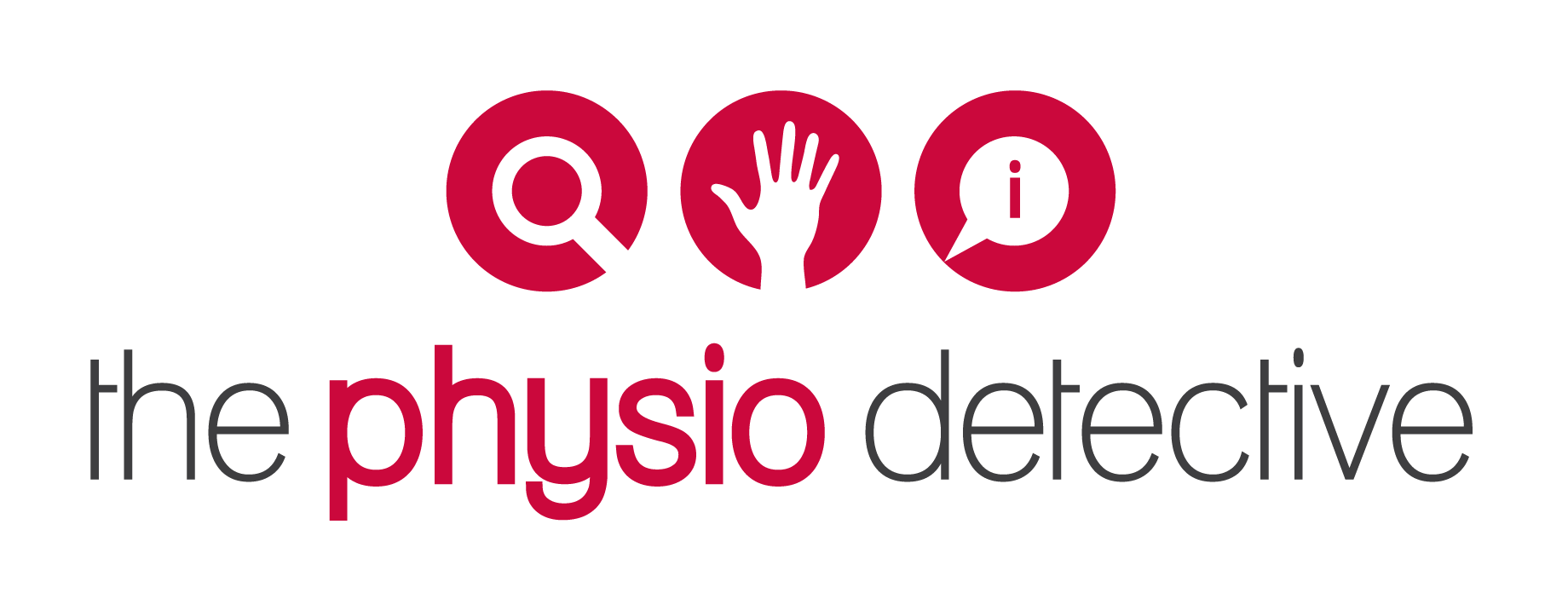Core Stability Myth 1 – Having lots of muscles means you have good stability
This is a common myth...just get stronger and you will have good stability!
But it is the old poodle and the dog scenario...a poodle is always a dog but a dog is not always a poodle. In other words, if you have good stability, you can become strong. Just because you are strong, it doesn't mean you have good stability.
This post hopes to explain the reasons why this is.
Please read this blog post for what stability actually is.
Stability is more than just rigid strength
Part of the problem of the myth that strength give you stability is that those who do the "control" and small muscle activation work often don't train people back to strength. So physiotherapists, personal trainers and other fitness professionals started misinterpreting the research and just having patient sitting there trying to contract little muscles you couldn't see nor feel.
Now, don't get me wrong, you NEED those muscles to activate at the right time in the right sequence and doing that will help retrain the brain patterns but often that is often all the training that patients got before they got bored.
So then a backlash against that seemed to be led by the fitness industry, sports teams and Stuart Magill where they seemed to say "Just get stronger" - do planks, side planks and Bird Dog exercises and you will be fine because you can hold your spine straight.
But this doesn't work because stability is not rigidity...your have to be able to move into different positions, not just be as rigid as possible.
So control and coordination needs to be there so you can build strength on THAT foundation.
If you build strength on a foundation that is rigid you will only be "stable" in that one position.
Control and coordination are needed
Being able to fire the right muscles in the right sequence at the right time to stabilise your joints is at the heart of the matter. If you cannot do that, you may need to scale your exercises back until you gain control of the desired movements. Sometimes that is simply just standing, sitting or lying there breathing properly
Once you can do that, we integrate movement back into your routine so you can maintain control throughout the whole movement cycle. THEN we add load to develop strength.
Everything is Testable
One of my favourite tests is the "shove" test - I ask the patient to get into a position where they will be pushing against me by pressing on my shoulders and I will be pushing against them by pushing on their shoulders. I then gently apply pressure and the patient has to hold the pressure without buckling. Then we repeat the test but I ask the patient to think about whatever their "core" activation cue is. Then we try again. I am usually able to show the patient why their cue is not an efficient one. This is most fun with people who are bigger and stronger than I...it also is amazing for small women who, when doing things properly, can hold my weight back.
Summary:
- You need a good foundation on which to build strength upon...so control and coordination are needed before strength
- If you have strength already, it is relatively easy to teach you how to have control and coordination...but you may find it hard to change your habits
- Learn how to move and control your body in many different positions and activities to train ideal/optimal stability
- Test everything. If it doesn't make you better, it might actually be wrong.
Leave a comment on what "core" truths you have been told or that work for you


Pingback : What is “Stability” and “Core Stability”? Busting the myths! | The Physio Detective
Pingback : Therapy Reads 8/24 – 8/30/13 | ActivePTblog
Pingback : Derby City CrossFit | DarkSide Strength | Louisville Friday 9/6/13 - Core Stability Myth